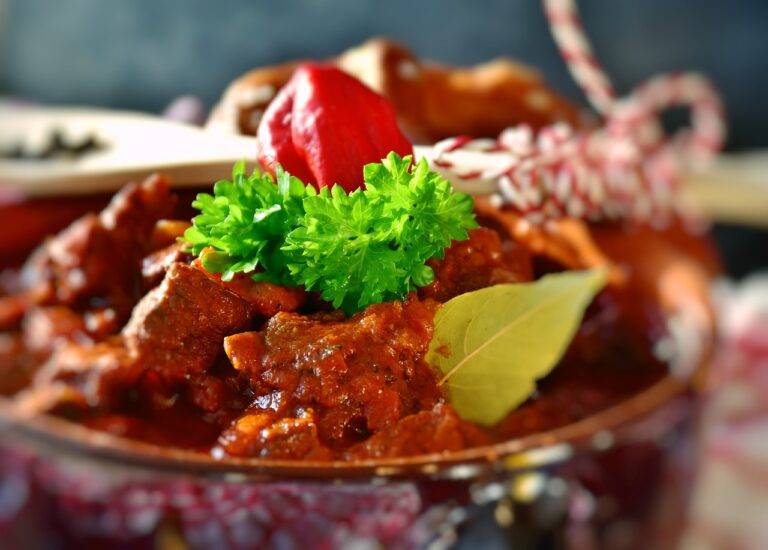Food and Film: Exploring Culinary Cinema
If there’s one element that has the power to tantalize both the eyes and the taste buds in movies, it’s the portrayal of food. From lavish feasts fit for royalty to humble meals shared among friends, food serves as a powerful tool in setting the scene and evoking emotions in the audience. The way food is presented on the screen can often be as captivating as the plot itself, showcasing the culinary skills and creativity of filmmakers.
Through the artful preparation of dishes, filmmakers have the ability to transport viewers to different cultures and time periods, offering a sensory experience that goes beyond just visual storytelling. By focusing on the intricacies of food, movies can weave rich tapestries of flavor and emotion, creating a deeper connection with the characters and their surroundings. As audiences watch characters savor each bite or participate in communal meals, they are invited to partake in the cultural traditions and relationships that revolve around food.
Exploring the Role of Food in Movies
In the realm of cinema, food serves as more than just a prop to enhance on-screen visuals. It plays a vital role in conveying emotions, character traits, and cultural aspects within a film. The way food is presented, prepared, and consumed by characters can provide insight into their personalities and relationships.
From sumptuous feasts symbolizing opulence and excess to humble meals representing simplicity and authenticity, food in movies can evoke a range of sentiments and add depth to storytelling. For example, a shared meal among characters can signify camaraderie and unity, while a solitary character consuming a meal can convey solitude and introspection. As such, the use of food in films goes beyond mere sustenance, acting as a powerful narrative device that resonates with audiences on a profound level.
What is the significance of food in movies?
Food in movies can serve as a powerful storytelling device, conveying themes, setting the mood, and developing characters.
Can you give an example of a movie where food plays a prominent role?
One example is the film “Julie & Julia,” where the protagonist finds inspiration and solace in cooking recipes from Julia Child’s cookbook.
How does culinary inspiration in film affect viewers?
Culinary inspiration in film can spark viewers’ interest in trying new foods, cooking techniques, or even visiting new restaurants.
Why do filmmakers include food scenes in their movies?
Filmmakers include food scenes to add realism, create visual interest, and evoke emotions in viewers.
How can food help in developing characters in movies?
The way characters interact with food can reveal aspects of their personality, culture, or background, helping to develop them more fully in the story.





